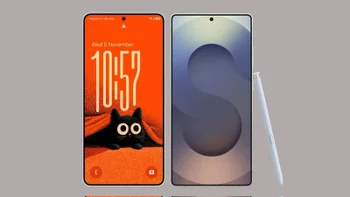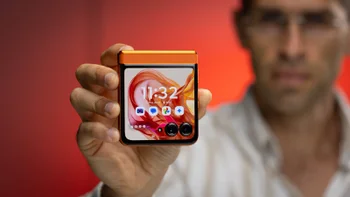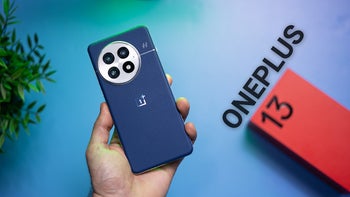Some analysts and consumers call this the most important addition to the 2020 iPhones instead of 5G

Last year, Apple touted the display on the iPhone 11 series as being the "toughest glass in a smartphone." For the just-announced iPhone 12 series, Apple introduced the Ceramic Shield which the company says makes the display four times harder to crack and scratch.
Apple has been developing Ceramic Shield alongside glass maker Corning and says that it is "a sleek new flat-edge design with an aerospace-grade aluminum enclosure and combined with the Ceramic Shield front cover, which goes beyond glass by adding a new high temperature crystallization step that grows nano-ceramic crystals within the glass matrix, increases drop performance by 4x."
- iPhone 13: price, release date, features, and specs
The Ceramic Shield raises the odds that an iPhone display will survive a fall by a factor of four
When you think of ceramics, you think of those ashtrays or cups that you made for your parents in camp. And even though you couldn't see through them, you might be surprised to discover that ceramics and glass are more similar than you might think. According to Corning, "Ceramics might be thought of as the close cousin of glass. Both materials are inorganic. Both have many useful physical properties and are formed via high-temperature processes. And with the right composition and forming, both can be extremely hard and resistant to thermal shock, suitable for use in harsh environments like outer space."

The Ceramic Shield gives an iPhone display a better chance at surviving a drop without a crack or scratch
While that last bit of info might be good to know if you plan on taking your iPhone to Mars, your main concern is to make sure that you don't crack the display on your pricey new iPhone because of your butterfingers. Corning has a website that deals with Materials Science or the discovery of new solids. In a section about ceramics, Corning says that the major difference between ceramics and glass is the chemical bonds that hold the materials together. In glass, atoms are arranged randomly while with ceramic, positive and negative ions bond to form a regular pattern of crystals. The material that is produced is opaque rather than transparent.
And in the middle of glass and ceramics is glass-ceramics. The latter starts out as glass and turns into nearly a completely crystalline or ceramic substance by using heat and a nucleating agent (like silver or titanium) — that forms "seeds" that crystals can grow around. Corning has been able to develop the Ceramic Shield to make it transparent and to give it the properties it needs to be of use to Apple in the production of the new iPhone models. Or as Apple puts it, "Enter Ceramic Shield. It’s made by introducing nano-ceramic crystals — which are actually harder than most metals — into glass. Sounds simple, but it’s incredibly difficult because ceramic isn’t transparent. By controlling the type of crystals and degree of crystallinity, we developed an exclusive formula that maximizes the toughness of the ceramic while remaining optically clear. This was the breakthrough that made Ceramic Shield ideally suited for the display. It’s a first in any smartphone, and it’s tougher than any smartphone glass."
Other manufacturers have tried to eliminate or sharply decrease the risk of a phone screen breaking when the device is dropped. You might recall Motorola's ShatterShield display which debuted on the Moto Z Force. While the five-layer display was guaranteed not to shatter or crack after drops of 4 to 5 feet, the display was plastic, not glass, and users could feel the difference. And of course, there is Gorilla Glass; the latter is chemically strengthened to protect against scratches and cracks.
Besides the use of the Ceramic Shield, Apple says that "there’s one more thing that contributes to the durability of the front cover. It sits flush to the edge of the phone, which helps protect it even more. Altogether, we’ve quadrupled the drop performance — the largest year-over-year improvement ever for iPhone."
While many will say that support for 5G is the most important addition to the 2020 iPhone models, not everyone can take advantage of this. However, everyone who owns an iPhone 12 series phone can take advantage of the improved protection of the display provided by Ceramic Shield.
Follow us on Google News













Things that are NOT allowed:
To help keep our community safe and free from spam, we apply temporary limits to newly created accounts: